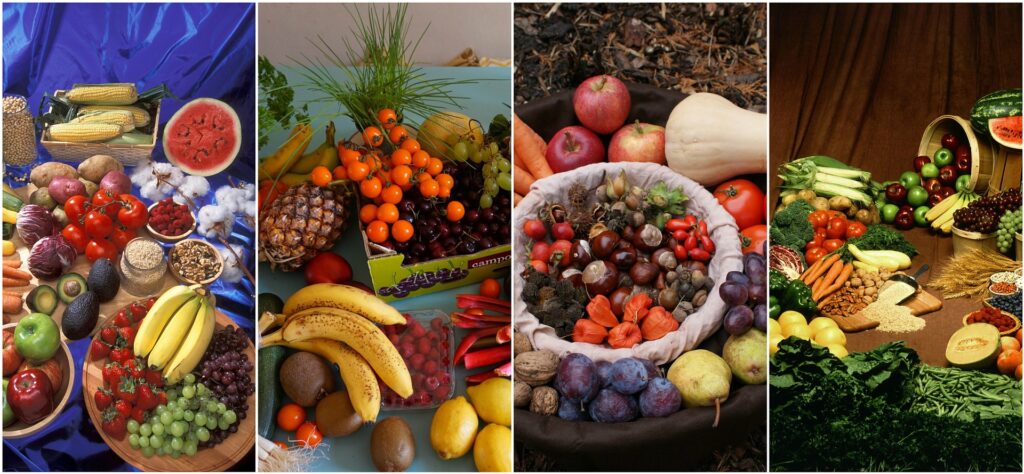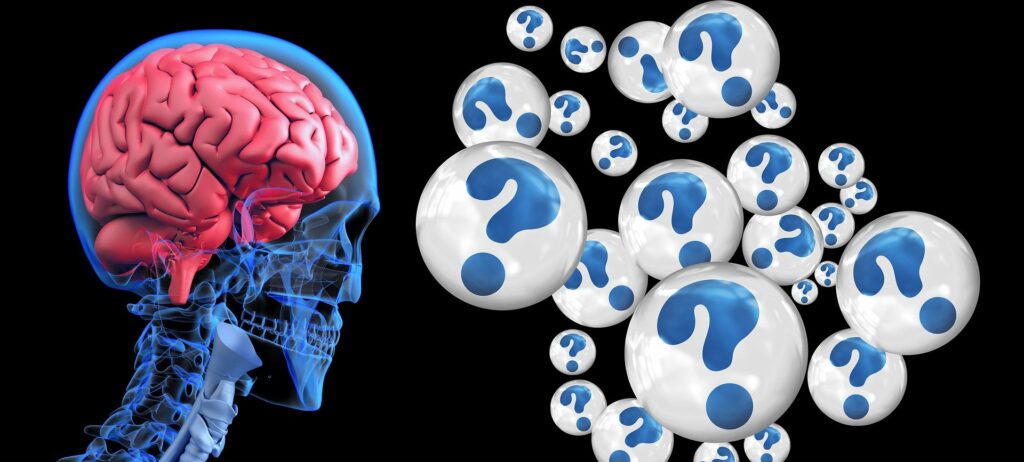Breaking the Chains of Labels: The True Power of the Disabled Community

In today’s society, the term “disabled” often comes loaded with misconceptions, prejudices, and limitations imposed by those who are able-bodied. However, the real barriers faced by the disabled community often stem not from their conditions but from the restrictive labels and biases society places on them. It’s time to challenge these labels and recognize the immense strength, talent, and resilience within the disabled community.
The Weight of Labels
Labels are powerful. They shape perceptions, influence behavior, and can either open doors or slam them shut. For the disabled community, labels like “incapable,” “dependent,” or “lesser” have long been a source of marginalization. These labels create an environment where the focus is on what individuals cannot do rather than celebrating their unique abilities and contributions.
Redefining Disability
To understand the true potential of the disabled community, we must redefine what it means to be disabled. Disability is not an inherent lack of ability but rather a mismatch between a person’s needs and their environment. When society is designed inclusively, with accessibility and accommodation in mind, many of these so-called “disabilities” can be mitigated or even eliminated.
The Strength Of the Disabled Community
Let’s set the record straight: the disabled community is incredibly diverse and capable. Here are just a few ways that disabled individuals are breaking barriers and redefining what’s possible:
- Innovation and Problem-Solving: Many disabled individuals develop unique problem-solving skills and innovative approaches to overcome challenges in daily life. These skills translate into creative solutions in various fields, from engineering to the arts.
- Leadership and Advocacy: Disabled individuals are at the forefront of advocacy for more inclusive and equitable policies. They bring invaluable perspectives to leadership roles, ensuring that the needs of all community members are considered.
- Diverse Talents and Contributions: The disabled community is rich in talents and contributions. From scientists and artists to educators and entrepreneurs, disabled individuals are making significant impacts across all sectors.
Challenging Stereotypes
The stereotypes and biases surrounding disability often come from a lack of understanding and exposure. To challenge these misconceptions, it’s essential to:
- Highlight Success Stories: Share the achievements and contributions of disabled individuals. Showcasing role models and success stories helps break down negative stereotypes and inspires others.
- Promote Inclusive Practices: Advocate for inclusive practices in education, employment, and public spaces. Ensuring accessibility and accommodations allows everyone to participate fully in society.
- Foster Open Dialogue: Encourage conversations about disability to promote awareness and understanding. Listening to the experiences of disabled individuals helps break down prejudices and fosters empathy.
Embracing a New Narrative
The disabled community is not defined by society’s limitations. Instead, it is a vibrant, dynamic group with immense potential and contributions. By rejecting outdated labels and embracing a new narrative of empowerment and inclusion, we can unlock the true power of the disabled community.
It’s time to break the chains of labels and see the disabled community for what it truly is: a source of strength, innovation, and leadership. By challenging stereotypes and advocating for inclusivity, we can create a society where everyone, regardless of ability, can thrive. Let’s move beyond the labels and recognize the incredible potential within the disabled community.



